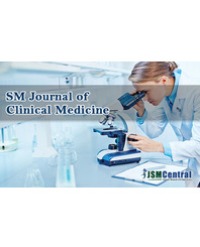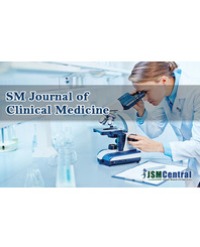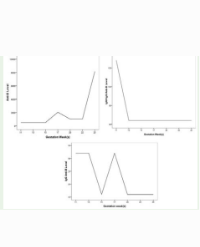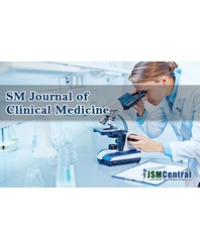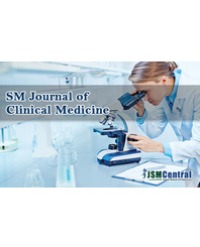
Effects of an Early Cardiac Rehabilitation Following Heart Surgery in Patients Over 70 Years
Methods: This is a prospective study looking into 2 types of cardiac rehab in 100 patients (men and women), who underwent open heart surgery (for coronary artery bypass graft, heart valve replacement, or a combination of both). The participants were allocated in two groups. Specially designed, individualized step program adapted
for rehabilitation after cardiac surgery in the elderly was analyzed vs. our routine program. Individualized rehabilitation subjects (ICR-group), (n=50 mean age 72±3) received exercise plan, tailored to optimally meet the needs of every patient, while control group (RCR-group), (n=50 mean age 73±4) took part in regular program.
Results: ICR-group did better that RCR-group in 6-minute walk test. After cardiac rehabilitation significant improvement in the distance walked in 6 minute walk test (P < 0.01) was observed in both groups, with marked increase in the ICR-group. Furthermore, significant difference in walked distance between CABG and valve surgery patients (283.5±64 vs. 242.25±83.25), and in men compared to women (267.75 ± 76.5 vs. 220.5± 68.25) was found. In multivariate analysis gender, age, comorbidities and type of surgery were independently associated with the level of functional capacity improvement at discharge.
Conclusion: A personalized physiotherapy plan, devised to increase independent mobility soon after open heart surgery is safe, feasible and more effective than routine cardiac rehabilitation program
Alexiev A¹, Terziev A¹ and Gotcheva N¹*

